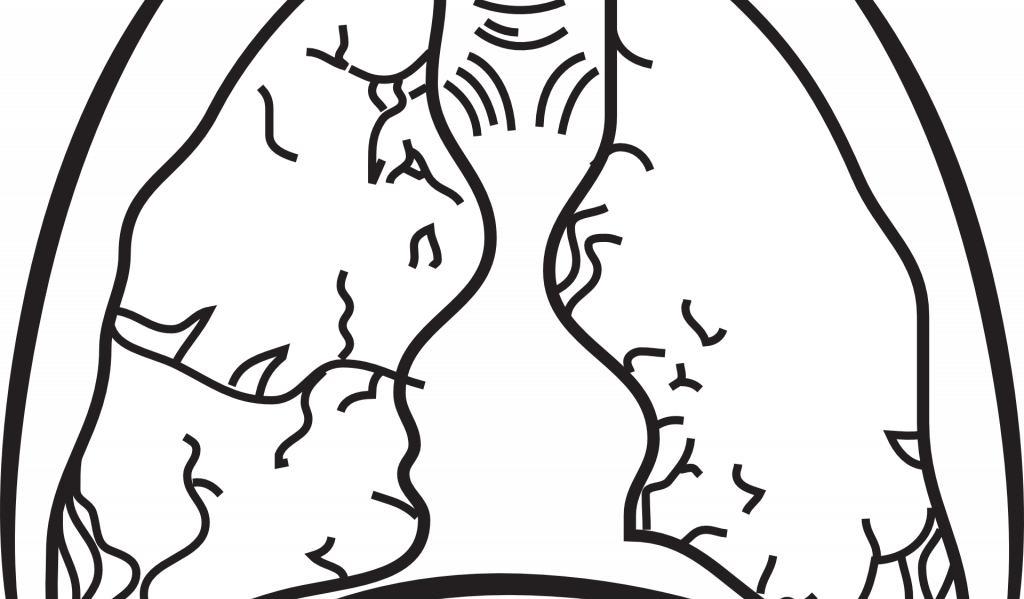If your lung CT or X-ray report mentions “pulmonary parenchymal bands,” you might wonder what that means—and whether it’s related to pulmonary fibrosis. While both involve scar tissue in the lungs, they represent very different conditions. Let’s break down the differences in plain language.
What is a pulmonary parenchymal band?
Often called “fibrous streaks,” a pulmonary parenchymal band is a thin, linear structure seen on imaging—usually between 1–3 mm thick and 2–5 cm long—that extends to the pleural surface.
These bands typically form after a past lung issue has healed, such as an infection or inflammation. Think of it like a scar you get on your skin after a cut heals. Your body lays down fibrous tissue to repair the damage, leaving a harmless “internal scar.” That’s essentially what a parenchymal band is: evidence of an old, resolved problem.
In the vast majority of cases, these bands cause no symptoms, require no treatment, and are not a cause for concern.
What is pulmonary fibrosis?
Pulmonary fibrosis (PF), on the other hand, is not a single scar but a progressive disease involving ongoing inflammation and abnormal scar tissue formation throughout the lungs.
This process stiffens the lung tissue, making it hard to breathe. Most cases are idiopathic (meaning no clear cause is found), though factors like environmental exposures, genetics, or past lung injuries may play a role.
Unlike static bands, PF is serious and often worsening. Common symptoms include persistent shortness of breath, a dry cough, fatigue, and unintended weight loss. It requires medical diagnosis, ongoing treatment, and care from a pulmonologist.
Key takeaways: How they differ
- Parenchymal bands are benign, localized scars from a healed injury. They are common and incidental.
- Pulmonary fibrosis is a chronic, progressive disease involving diffuse scarring that impairs lung function.
If your report shows parenchymal bands, there’s usually no need to worry. But if you experience symptoms like ongoing breathlessness or a chronic cough, it’s important to talk to a doctor to rule out conditions like PF or other lung diseases.
